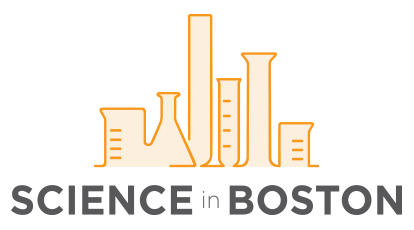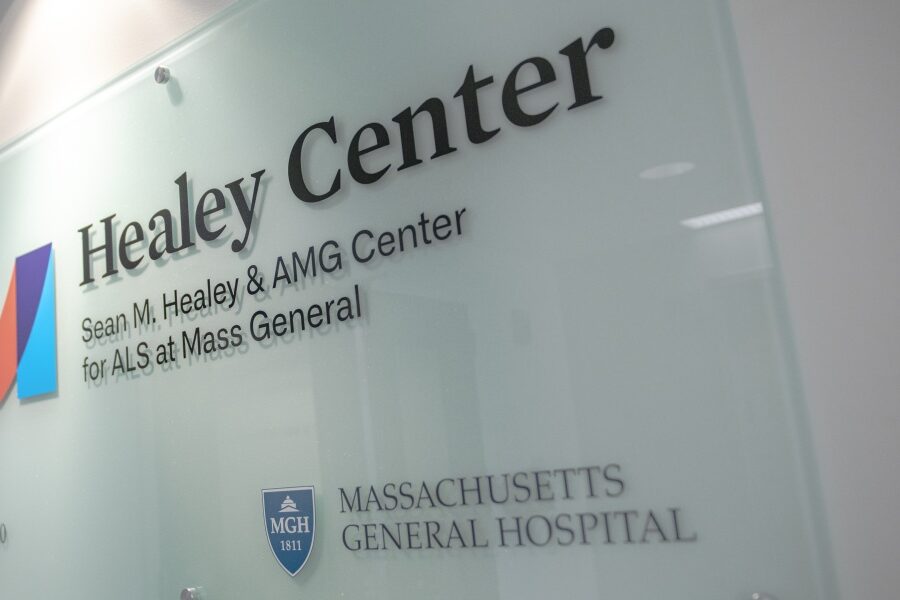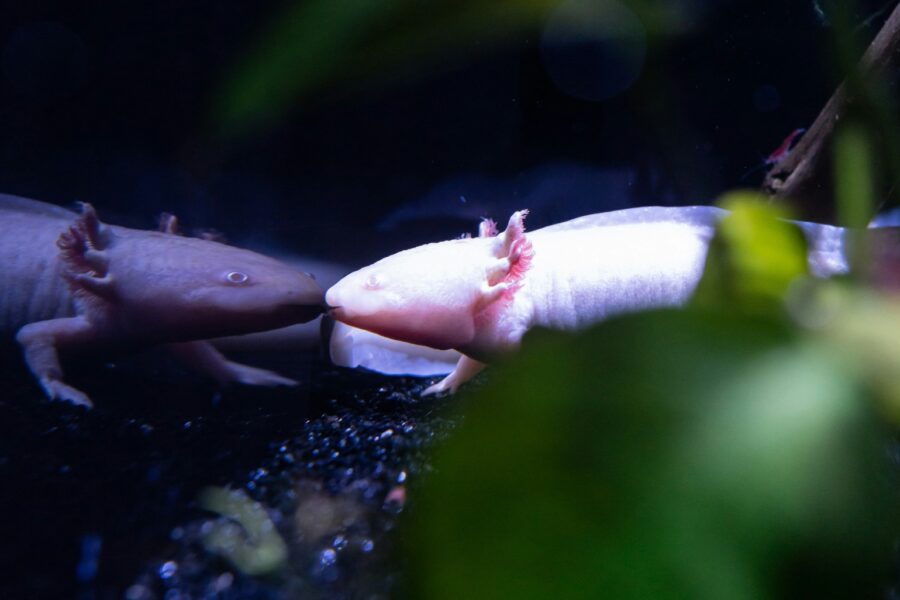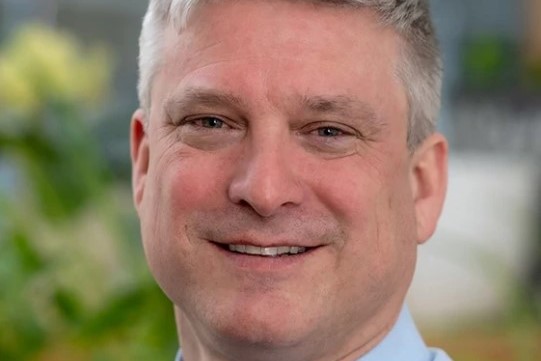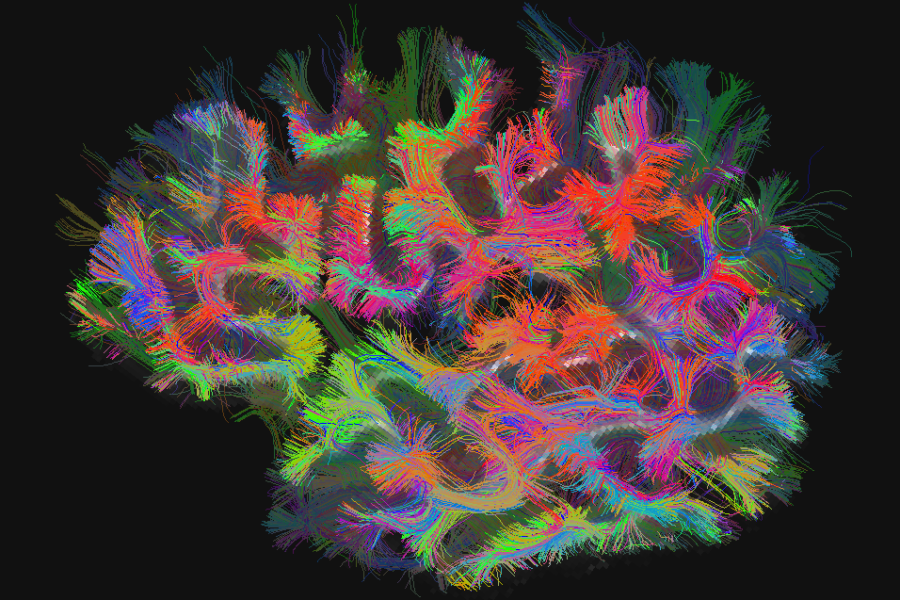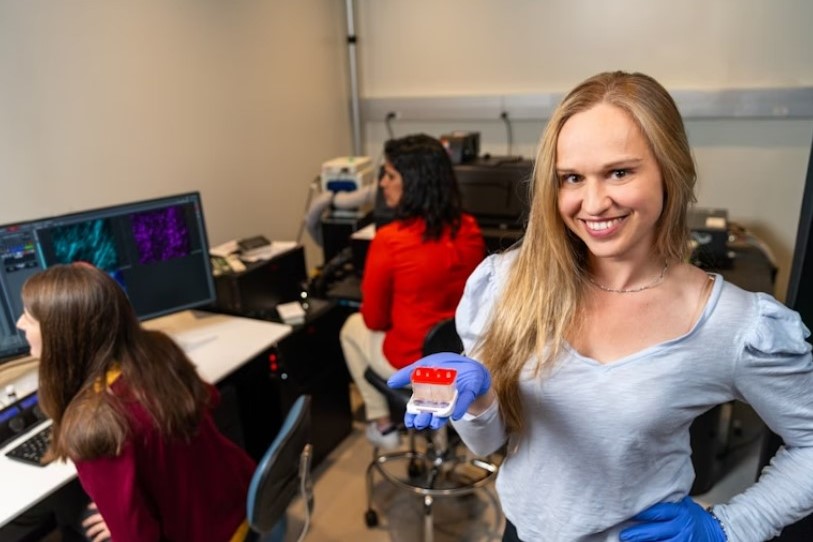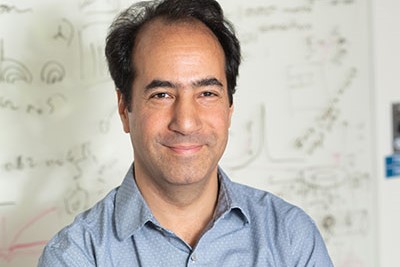To engineer proteins with useful functions, researchers usually begin with a natural protein that has…
karnottApril 9, 2024
For women and non-binary individuals, breaking into the engineering field can be riddled with challenges…
karnottApril 8, 2024
Axolotls (Ambystoma mexicanum) are a critically endangered species of salamander. The species has only one…
karnottApril 5, 2024
Andrew E. Place, MD, PhD, has been named as Vice President, Pediatric Chief Medical Officer…
karnottApril 5, 2024
Insects affect human lives both positively and negatively, therefore understanding how they interact with their…
karnottApril 4, 2024
Five years ago, in a wheelchair, Julia Hum was admitted to a state mental hospital…
karnottApril 3, 2024
As a reproductive health specialist in the clinical setting, Ola Gutzeit discovered a lack of effective methods for enhancing…
karnottApril 1, 2024
A new way of imaging the brain with magnetic resonance imaging (MRI) does not directly…
karnottApril 1, 2024
